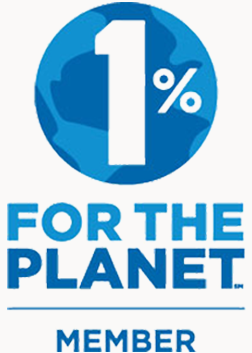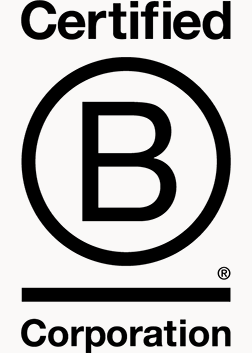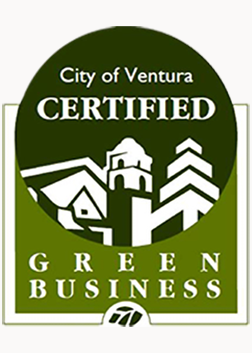When we think about sustainable packaging, it’s easy to put most of the focus on biodegradability —think compostable cups or plant-based plastics. But true sustainability goes beyond just how quickly a material breaks down.
Sustainable packaging reduces waste from the start, uses recycled or upcycled materials, is designed for reusability, and considers the energy and resources that go into production. A truly sustainable package isn't solely about where it ends up; it’s important to consider its whole life cycle, from sourcing to disposal.
.
What makes packaging sustainable?
Sustainable packaging entails the use of environmentally friendly materials and methods throughout the entire process. The goal is to cut down on waste by reducing, reusing, and recycling while focusing on principles of a circular economy, using renewable resources, and making the whole process as energy efficient as possible.
Traditional packaging often contributes to pollution, wasted resources, and overflowing landfills. Sustainable packaging, on the other hand, focuses on finding the right balance between being functional, eco-friendly, and still appealing to customer preferences. It does this through smart design, better materials, and production methods.
Exploring Sustainable Packaging Alternatives
Recycled Materials: Using recycled materials is an excellent way to cut down on the environmental impact of packaging. Things like recycled paper, cardboard, glass, and metal are great alternatives to brand-new materials—they help save natural resources, use less energy, and keep waste out of landfills. Next time you’re shopping, look for brands that use post-consumer recycled content and support closed-loop recycling. It’s a simple way to make a big difference!
Reusable Packaging: Reusable packaging helps cut down on waste by making sure containers and products can be used multiple times before being recycled or repurposed. Things like refillable bottles, sturdy jars, and durable packaging systems offer a more sustainable alternative to single-use disposables. The goal is to encourage people to rethink the “use and toss” mindset and make reducing, refilling, and reusing a regular habit.
Compostable Materials: Compostable packaging made from resources like plant-based polymers is a greener swap for traditional plastics. Unlike some bioplastics that need special industrial composting to break down, these materials can break down right in a home compost bin. That means they don’t just disappear—they turn into nutrients for the soil, helping to keep the cycle going.
Biodegradable Packaging: Biodegradable packaging, including bio-based plastics and plant-derived polymers, is designed to break down naturally—but it’s not as simple as just throwing it in the trash and hoping for the best. Proper disposal, end-of-life management, and certification standards all play a huge role in making sure these materials actually break down the way they’re supposed to. Without the right conditions, even "biodegradable" packaging can linger in landfills for years, making responsible handling just as important as the materials themselves.
Key Considerations for Sustainable Packaging
Lifecycle Analysis: When you're considering the sustainability of packaging materials, it's important to think about the entire lifecycle. Look for products and brands that provide transparency and offer detailed lifecycle assessments to help you make informed choices.
Certifications and Standards: Look for certifications and standards that show how effectively packaging materials perform environmentally and maintain their integrity. Check for certifications like Forest Stewardship Council (FSC), Cradle to Cradle (C2C), and USDA Certified Biobased. These labels help you find products that meet criteria for sustainability, renewable sourcing, and responsible production.
Consumer Education and Engagement: Get to know more about sustainable packaging practices and materials. Engage with brands, retailers, and policymakers to push for clear labeling, eco-friendly options, and waste reduction efforts that focus on taking care of our environment and consumer well-being.
Empowering Sustainable Choices
We have the ability to make a difference just by the choices we make each day as consumers. By prioritizing eco-friendly packaging and promoting responsible consumption habits, we can cut down on waste, save resources, and help build a greener future. The Refill Shoppe is committed to making sustainable living easier, helping people make mindful choices that have a lasting impact.





